|
Beep! Beep! Beep! That is the sound the gas monitor in my waist pocket made indicating that there was no oxygen as I descended into the pre-1945 sewer manhole on the Muranowska street side of the Mila 18 command bunker in Warsaw. My legs kept stepping downward, but the three Warsaw municipal sewer workers, each of whom stepped on the scale at a few weight classes above me, cranked me up to surface as if they were master puppeteers.
1 Comment
Today, 28 July 2021, amongst bikini clad sunbathers, families kicking soccer balls, stylish and tattooed young Polish women with their yoga mats, a multitude of dog walkers, and a few tourists, we searched for one of the most important archives left undiscovered in human history. And most bizarrely, we had an address of where to look, and where many others had searched for 75 years, 34 Świętojerska Street in downtown Warsaw, Poland.
It is nearly impossible to find any uplifting message out of our July 23rd day of field work at the Rumbula killing site on the outskirts of Riga. The killing, exhumation, and burning of 25,000 Jews on a sandy hilltop in a small pine forest has little material for the documentary film that will be the outcome of Resistance Project.
Today is International Holocaust Remembrance Day. January 27, 2020, memorializes the 75th anniversary of the liberation of the Auschwitz concentration camp where one million Jews were murdered. Less well known, in the Baltics and other Eastern European countries, is that about 2 million Jews were shot in open air massacres. Most victims were killed before the establishment of the Nazi industrial extermination camps, and most of these slaughters occurred in small Jewish villages or shtetls that few of us have heard of and many of which no longer exist.
PBS/NOVA has picked up the film "The Good Nazi" for viewing on all Public Broadcasting Stations in the United States. My understanding is that NOVA, being a science documentary series, will expand the science portion a bit. In Canada, the original production of "The Good Nazi", will show on Vision One. Dates and times have yet to be announced.
The trailer is riveting! I have not seen the film, but my understanding is that the cinematography is exquisite, and the personal story lines of child survivor Sidney Handler, author Michael Good, and Major Plagge are very powerful....and some good geophysics of course. When the sun sets tomorrow, the evening of Wednesday April 11, Yom HaShoah (Holocaust Memorial Day) will begin and continue until the evening of April 12. In Israel, Yom HaShoah is truly solemn, most dramatically illustrated by the 10 AM siren where everything stops for 2 minutes, and even the highways are quiet with thousands of people standing outside their vehicles in silence and pensive thought
July 19 to 21 we imaged structures beneath the Great Synagogue of Vilnius. This week, beginning Sunday, July 30, we will look for the “malines” or hiding places in the Nazi motor pool HKP 562. Discovery Channel and BBC will be producing a documentary.
In the intervening week, we have been in Kaunas trying to map mass burials at Forts IX, VII, and IV, as well as a possible mass burial at the Jewish Cemetery of Kaunas. In 1939, Kaunas was the capital of Lithuania, with about 40,000 Jews and 40 synagogues, about one quarter of the City’s population. The killing of Jews began on June 23, 1941, two days before the Nazis entered Kaunas. But it was between July 1941 and 1944 that the Nazis organized the extermination of the Jewish population of Kaunas, as well as of other Jews brought from as far away as France into the city to be killed. Most of the killings occurred at 3 czarist period forts built be the Russians. These 3 forts, Forts IV, VII, and IX, were part of a system of 9 massive, but obsolete czarist forts ringing Kaunas and constructed between the 1850s until World War I. The Nazis viewed these structures as readymade extermination sites – outside the main town, with walls and prisons for concentrating Jews, walls against which victims could be shot, moats where victims could be buried. This was the beginning of the "Holocaust by Bullets", long before mechanized extermination by gassing. The Nazis began their murders at Fort IV, with a few thousand executions of leaders of the Jewish community from Kaunas, other towns in Lithuania, and elsewhere – political leaders, educated persons, professionals, teachers, entrepreneurs, etc. But marching people up the hill to Fort IV was inconvenient. The killings continued at Fort VII, but this location was too close to the city and too far from the Jewish Ghetto. Most of the killings occurred at Fort IX which was more isolated, but closer to the Ghetto. About 50,000 persons were executed there, with approximately 30,000 being Jews. 9,200 Jews were executed in a single day by the mobile killing unit German Einsatzkommando 3 and Lithuanian Police, termed the Great Action of October 29, 1941. Within 6 months of the Nazis entering Kaunas, half the Jewish population was dead. As at Ponar, in 1943, the Nazis organized a “Burning Brigade” to exhume corpses, burn the bodies, and scatter the ashes. The Jewish slaves were given euphemistic names to their tasks: diggers, porters, and firemen. The field of corpse-filled trenches was called the battlefield. On Christmas Day, 1943, the entire Burning Brigade of 63 Jews and one Polish woman made a well planned and daring escape. While the guards were drunk, they removed a pre-cut cell bar, opened all the cells with a key they had manufactured, crawled through a small opening in a heavy steel door they had previously cut over a period of weeks, traveled through 2 tunnels, passed underneath a guard tower concealed by white sheets, and scaled a 6.5 m wall with a pre-fabricated ladder they had made. 37 of the escapees fled to the forest and were eventually tracked down and killed. 27 returned to the Kaunas Ghetto and hid in plain site. 11 survived until the end of the war. But the killing and the burning continued. One of the last group of doomed prisoners was Convoy 73 with about 900 French Jews. Their last words are scratched into the walls in the dungeons of Fort IX. At Fort IX, we were trying to use aerial photography and non-intrusive geophysics to delineate the exact locations, lateral extents, and depths of the burial trenches so that they will be marked and remembered, but remain undisturbed. We have all heard of Oskar Schindler, and seen and loved Steven Spielberg’s blockbuster movie Schindler’s List. But who has ever heard of the Wermacht officer Major Karl Plagge?
Major Plagge, an early member of the Nazi Party from 1931, was in charge of the Heeres Kraftfahr Park, better known as the HKP labor camp. From 1941 to mid-1944, Plagge commanded vehicle workshop HKP unit 562. 2500 people laboured at the various unit 562 Wermacht vehicle repair shops in Vilnius. Like Oskar Schindler, Karl Plagge issued work permits to as many Jews as possible, pulling them and their families out of the Vilna Ghetto and giving them a chance to survive the ultimate liquidation of the Ghetto. The workers lived in two apartment buildings at Subaciaus Street, numbers 47 and 49. When Plagge knew that the German forces were in retreat from Stalingrad, and the SS death squads would inevitably execute the approximate 1200 Jews at HKP, he surreptitiously warned the Jewish forced laborers. The Jews built hiding places called malines – tunnels, hidden cellars, rooms behind false walls and under staircases, etc. On July 3, 1944, an SS death squad entered HKP. About 500 Jews appeared at roll call and were sent to the Ponar extermination camp described in NOVA’s documentary “Holocaust Escape Tunnel.” The SS searched and found about half of the others, who were also executed. But approximately 250 survived their concealment, the largest single group of Jews to survive the liquidation of Vilna’s Jewish population. The two buildings at Subaciaus Street 47 and 49 still stand, and are still occupied. Alastair McClymont and Paul Bauman will be using our tradecraft to search for the hiding places or malines, and to search for Jewish mass burials at the HKP site. We will be guided and aided by Lithuanian and American archaeologists, an 82 year old survivor of HKP and a maline, and the author of “The Search for Major Plagge,” Dr. Michael Good. Friday, July 21, Dr. Richard Freund, a Lithuanian archaeologist, Alastair, and Paul Bauman did a preliminary scout of the HKP camp. We will begin our work at HKP in a week. Discovery Channel along with BBC will make a move about the search along with the background, the survivors, the story of HKP, and of course the story of the Nazi officer Major Karl Plagge. Alastair McClymont and I arrived in Lithuania on July 19. We are here once again to continue to support Lithuanian, Israeli, and American archaeologists and their students who are investigating Holocaust related sites in Vilnius and Kaunas. On Thursday July 20 and Friday July 21 we carried on from our June 2016 work at the Great Synagogue site, using electrical resistivity tomography and drone photography to try to discover the remaining subsurface architecture of the Synagogue and the bath house.
The Great Synagogue was the largest and most important of the 140 synagogues and prayer houses that stood in Vilnius before 1941. Only a single synagogue, the Choral Synagogue, survived the War. The Great Synagogue was ransacked in 1941 by the Nazis, and levelled to the ground by the Soviets in 1957. In 1964, the Soviets built an elementary school over the site. As described in the NOVA documentary Holocaust Escape Tunnel, last year we somewhat speculated that we were in the mikveh, or Jewish ritual bath house. However the archaeologists are now 100% confident – they have excavated two actual mikvehs (Hebrew plural mikvaot), likely one for men and one for women. Which is which? There is no way to tell, as they are identical, and as bathing suits are not worn in the mikveh, there will be no telltale bathing garments left behind. Hover for captions This is an "immersive" virtual reality experience created by NOVA regarding the Ponar Extermination Site. Watch it on your phone to fully enjoy the experience!
click here to experience! |
Categories
All
Archives
August 2022
|
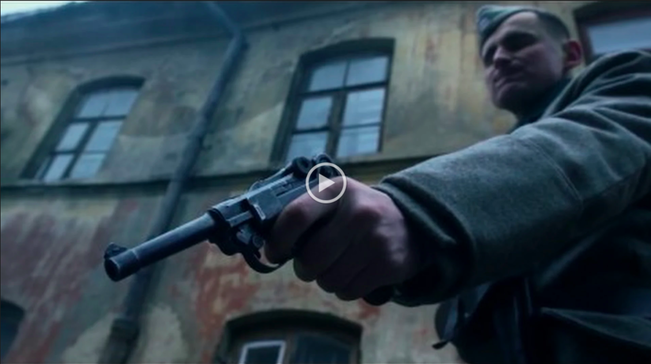
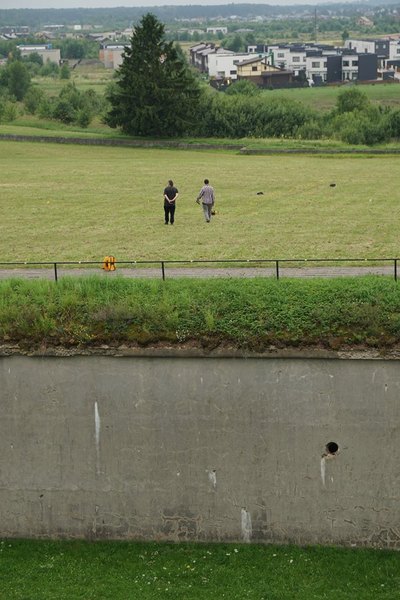
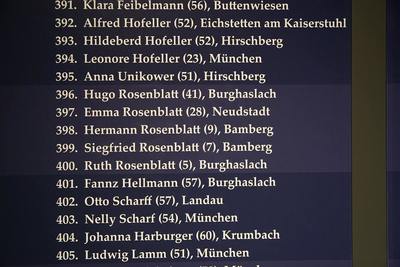
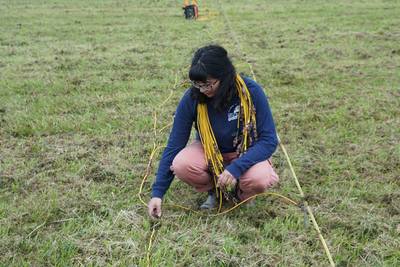
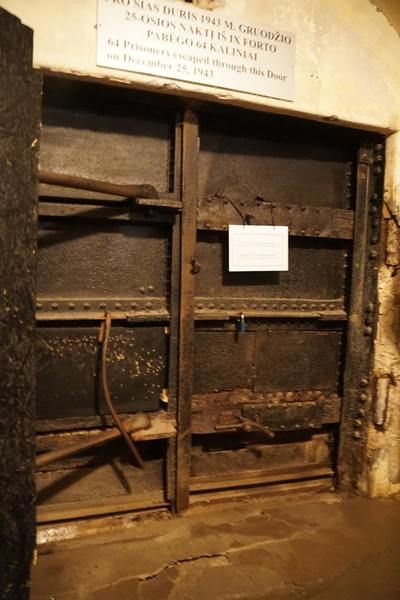
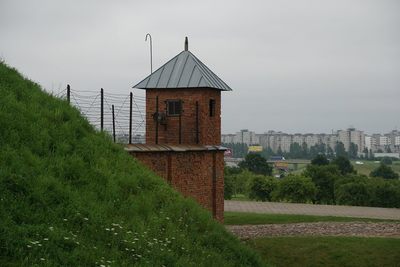
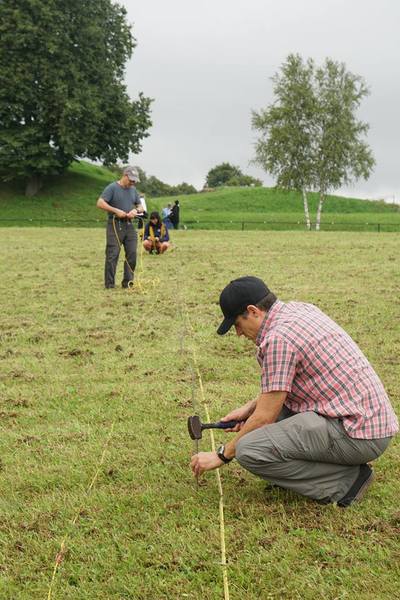
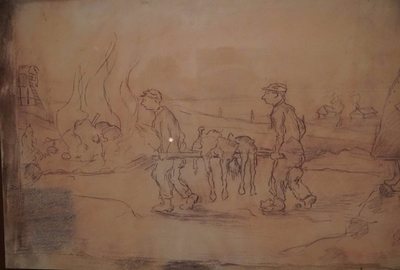
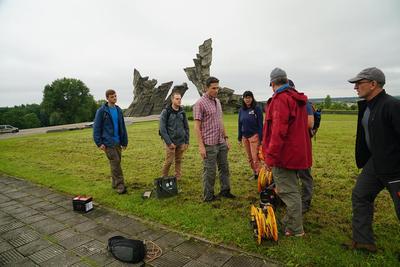
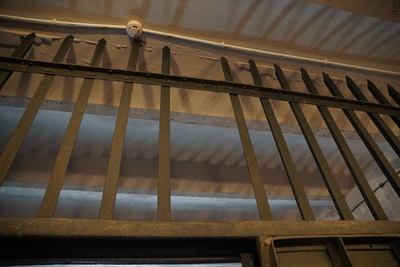
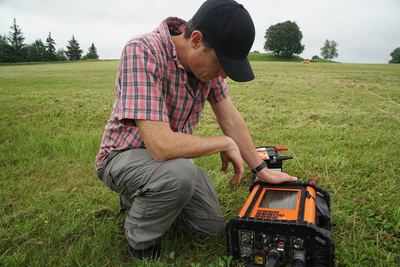
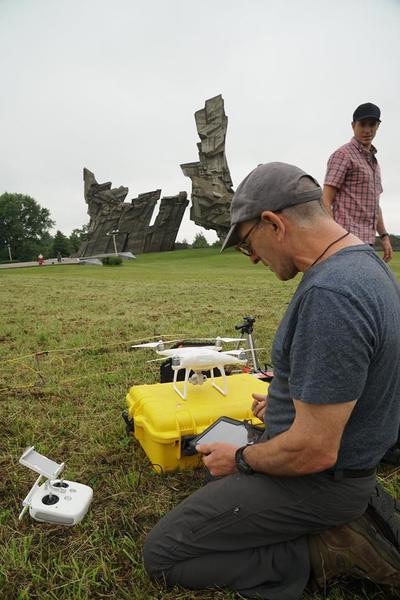
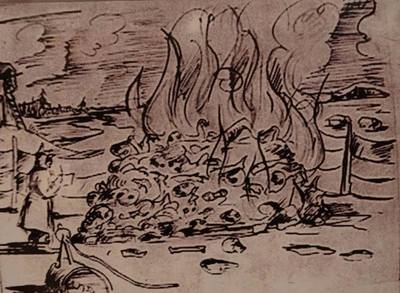
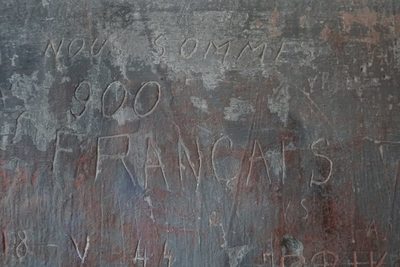
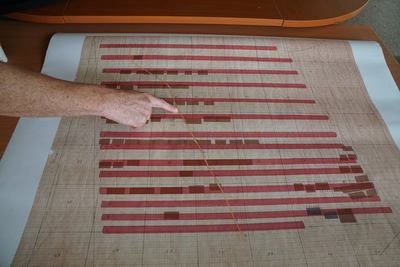
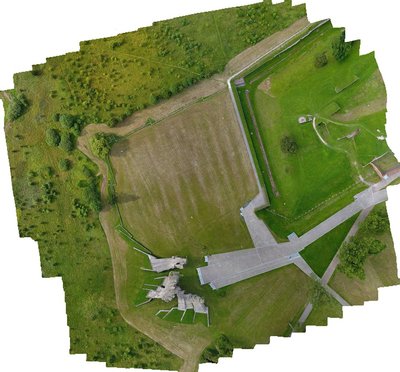
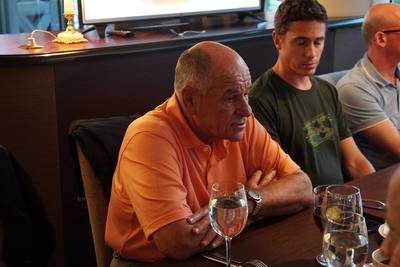
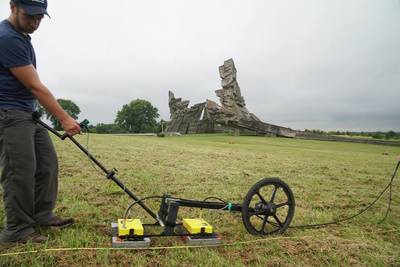
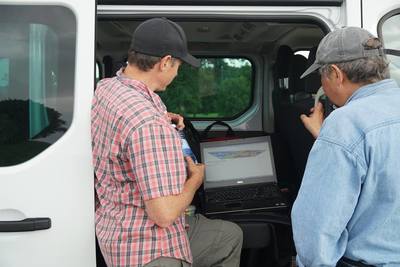
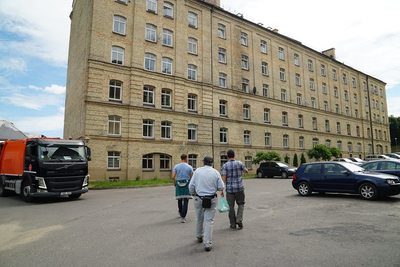
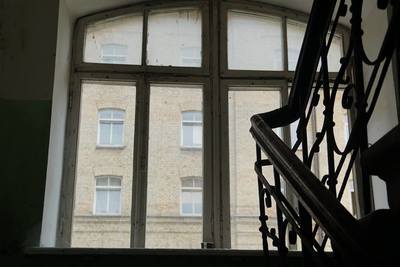
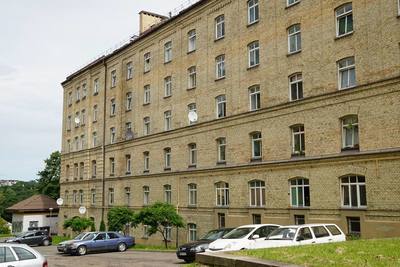
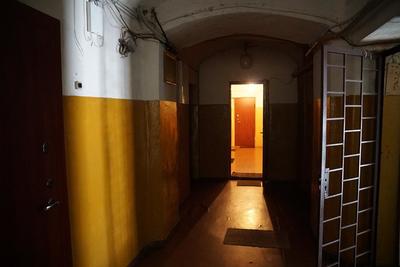
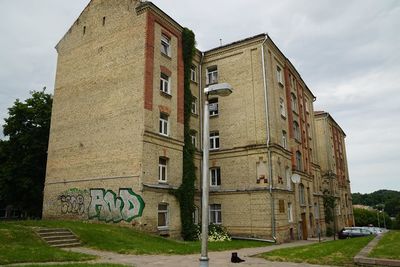
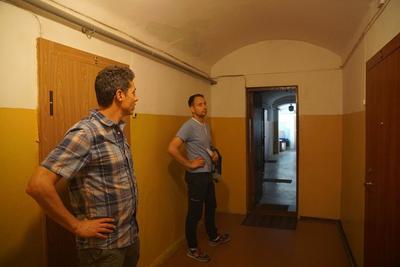
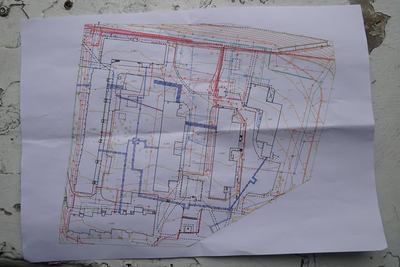
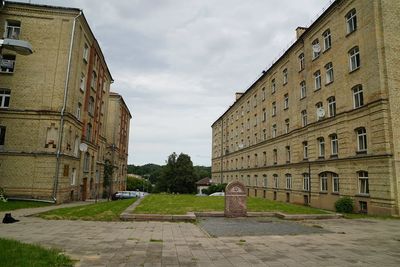
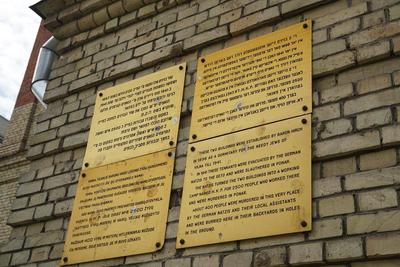
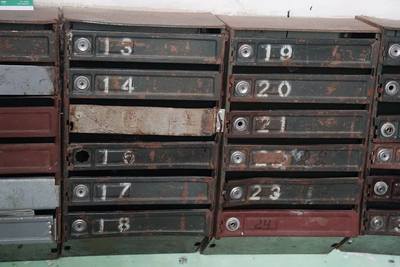
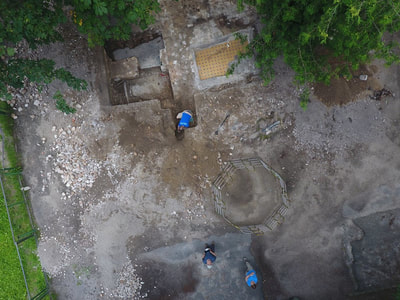
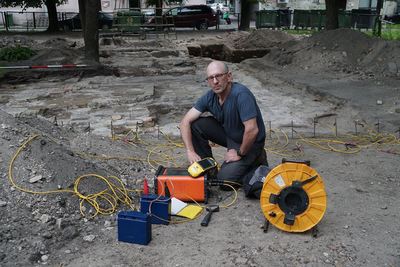
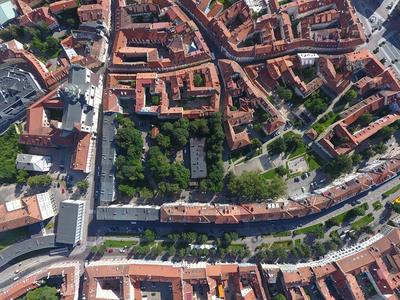
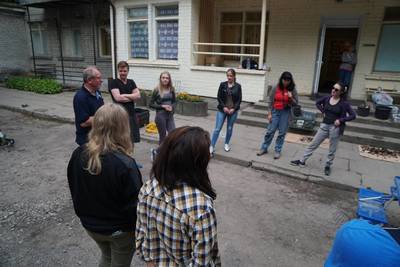
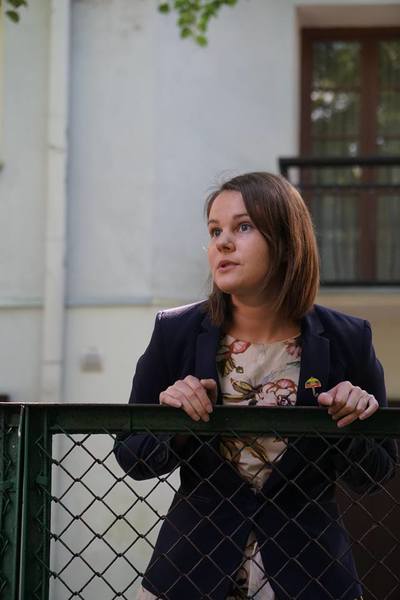
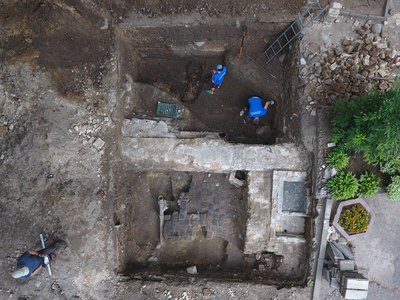

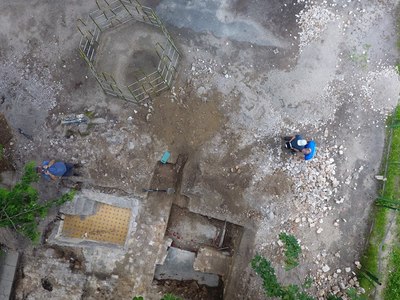
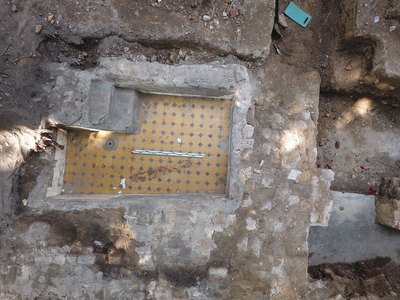
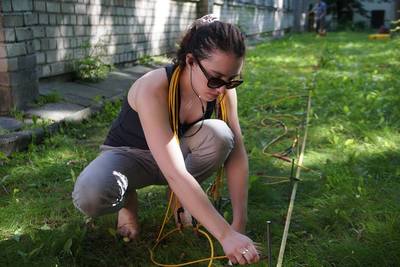
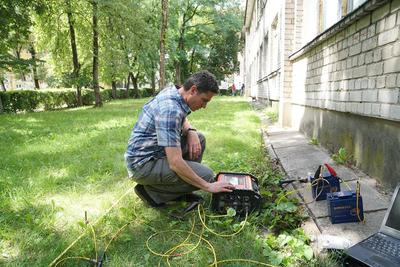
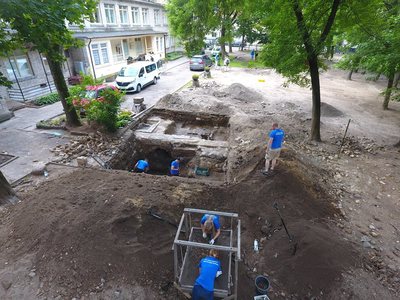
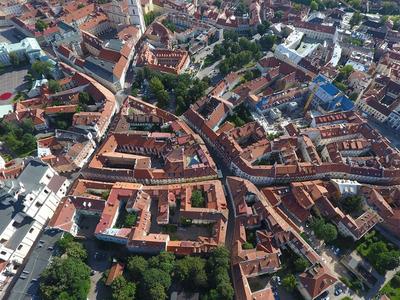
 RSS Feed
RSS Feed